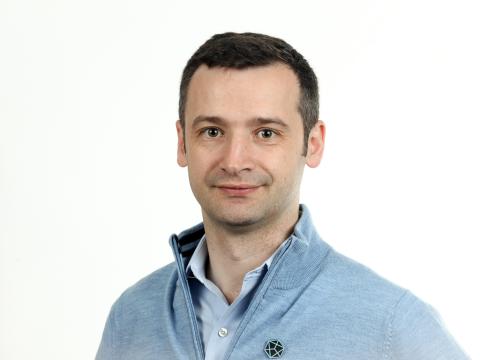Abstract
Cancer Cell. 2025 Jun 20:S1535-6108(25)00255-7. doi: 10.1016/j.ccell.2025.06.005. Online ahead of print.
ABSTRACT
Cancer treatment often fails because combinations of different therapies evoke complex resistance mechanisms that are hard to predict. We introduce REsistance through COntext DRift (RECODR): a computational pipeline that combines co-expression graph networks of single-cell RNA sequencing profiles with a graph-embedding approach to measure changes in gene co-expression context during cancer treatment. RECODR is based on the idea that gene co-expression context, rather than expression level alone, reveals important information about treatment resistance. Analysis of tumors treated in preclinical and clinical trials using RECODR unmasked resistance mechanisms -invisible to existing computational approaches- enabling the design of highly effective combination treatments for mice with choroid plexus carcinoma, and the prediction of potential new treatments for patients with medulloblastoma and triple-negative breast cancer. Thus, RECODR may unravel the complexity of cancer treatment resistance by detecting context-specific changes in gene interactions that determine the resistant phenotype.
PMID:40578362 | DOI:10.1016/j.ccell.2025.06.005
UK DRI Authors
